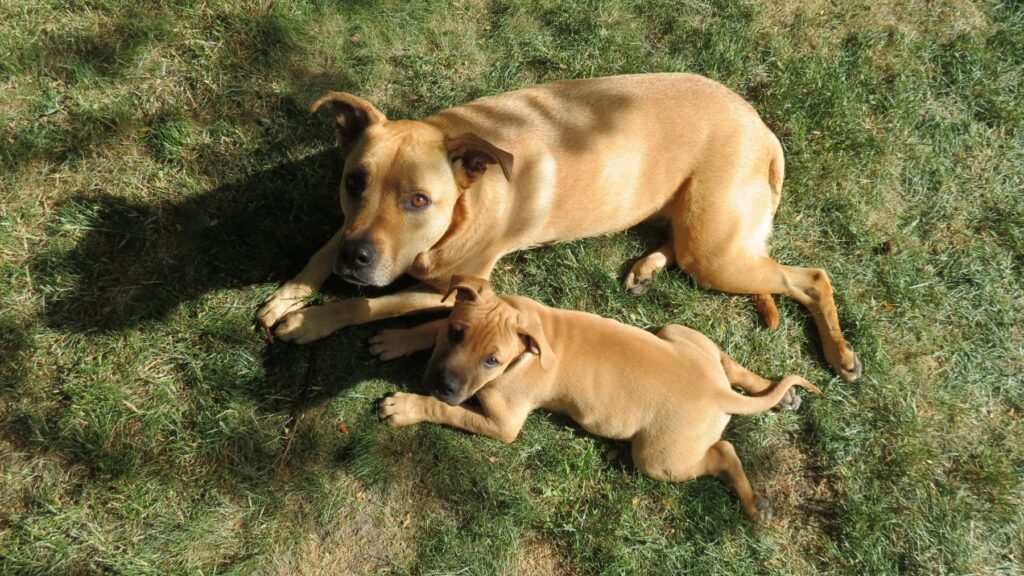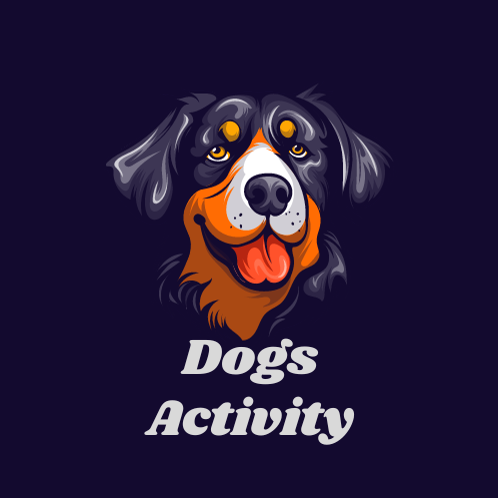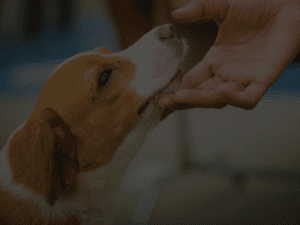
Introduction:
The decision to add a new puppy to your family is an exciting one, but it comes with its own set of challenges, particularly if you already have an older dog. Introducing a puppy to an older dog requires careful consideration, patience, and a strategic approach to ensure a smooth transition and the formation of positive relationships. In this comprehensive guide, we will explore step-by-step techniques and valuable insights on how to introduce a puppy to an older dog, fostering a harmonious environment within your canine family.
Understanding Canine Dynamics:
Before delving into the introduction process, it’s essential to understand the dynamics of canine relationships. Dogs are social animals with distinct communication and hierarchy structures. Introducing a new puppy can impact the established order within the household, potentially leading to various reactions from the older dog.
- Territorial Instincts: Dogs have territorial instincts, and introducing a new member to the pack can trigger territorial behavior. The older dog may initially view the puppy as an intruder into its established space.
- Age and Energy Levels: Consider the age and energy levels of both the older dog and the puppy. Older dogs may have lower energy levels and may find the exuberance of a young puppy overwhelming. Understanding these differences is crucial for managing their interactions.
- Social Hierarchy: Dogs establish social hierarchies within their packs. The introduction of a puppy can disrupt this hierarchy, leading to potential challenges as the older dog adjusts to the new addition.
- Individual Personalities: Just like people, dogs have individual personalities. Some dogs may be more accepting and adaptable to change, while others may be more reserved or even territorial. Recognizing and respecting these individual differences is key to a successful introduction.
Now that we have an understanding of canine dynamics, let’s explore the step-by-step process of introducing a puppy to an older dog.
Step 1: Prepare the Environment
Before bringing the new puppy home, prepare a safe and neutral environment. This can be a separate room with its own food and water bowls, bed, and toys. This allows the older dog to become familiar with the puppy’s scent and presence without feeling threatened in its own space.
Step 2: Controlled Introduction
- On-Leash Introduction: For the initial meeting, keep both dogs on a leash. This provides control over their interactions, preventing any sudden or unwanted behavior. Allow them to sniff each other while maintaining a safe distance.
- Positive Reinforcement: Use positive reinforcement techniques during the introduction. Reward calm behavior with treats and praise. This helps create positive associations with the presence of the new puppy.
Step 3: Monitor Body Language
- Observe Canine Cues: Pay close attention to the body language of both dogs. Signs of interest, curiosity, or relaxation are positive indicators. Conversely, signs of tension, raised hackles, or growling may signal discomfort.
- Separate If Necessary: If either dog shows signs of stress or aggression, calmly separate them and allow them to cool down in their respective spaces. Repeat controlled introductions until both dogs display more relaxed body language.
Step 4: Gradual Integration
- Supervised Playtime: Once the initial introduction is successful, allow the dogs to interact in a controlled and supervised environment. Use separate bowls for feeding initially to prevent any potential resource guarding.
- Equal Attention: Ensure that both dogs receive equal attention and affection. Avoid favoritism to prevent jealousy and reinforce the idea that the older dog is still a valued member of the family.
Step 5: Establish a Routine
- Consistent Schedule: Dogs thrive on routine. Establish a consistent schedule for feeding, walks, and playtime. This predictability helps both dogs feel secure in their environment.
- Shared Activities: Engage in activities that both dogs enjoy. This could include walks, play sessions, or training exercises. Shared positive experiences contribute to the formation of a bond between the dogs.
Step 6: Respect Individual Space
- Safe Retreats: Create safe retreats for each dog where they can go when they need time alone. This could be separate beds or crates. Allowing each dog to have its own space fosters a sense of security.
- Avoid Forced Interaction: Avoid forcing interaction between the dogs. If either dog shows signs of avoidance or stress, respect their boundaries and allow them to interact at their own pace.
Step 7: Professional Guidance
- Consult a Professional: If the introduction process proves challenging or if there are signs of aggression or significant stress, seek guidance from a professional dog trainer or behaviorist. They can provide tailored advice based on the specific dynamics between your dogs.
- Ongoing Monitoring: Continuous observation of the dogs’ interactions is essential, especially during the initial weeks. Be vigilant for any signs of stress or discomfort and address them promptly.
Common Challenges and Solutions:
Challenge 1: Resource Guarding
- Solution: Feed the dogs separately initially, and gradually transition to feeding them closer together as they become more comfortable. Monitor for any signs of resource guarding and seek professional guidance if needed.
Challenge 2: Age and Energy Disparities
- Solution: Provide the older dog with opportunities for rest and relaxation away from the puppy. Tailor activities to accommodate the energy levels of both dogs, ensuring that the older dog is not overwhelmed.
Challenge 3: Jealousy
- Solution: Avoid favoritism and ensure both dogs receive equal attention and affection. Incorporate individual bonding time with each dog to reinforce their unique relationships with you.
Challenge 4: Establishing Hierarchy
- Solution: Allow the dogs to establish their own hierarchy through controlled interactions. Avoid intervening unless necessary for safety. Most dogs will establish a natural order over time.
Conclusion:
Introducing a puppy to an older dog is a delicate process that requires patience, understanding, and a commitment to fostering positive relationships. By following the step-by-step guide outlined above and being attuned to the individual needs and personalities of your dogs, you can create an environment where both dogs feel secure, valued, and able to coexist harmoniously.
Remember, every dog is unique, and the timeline for successful introductions may vary. Be flexible in your approach, seek professional guidance when needed, and celebrate the small victories as your canine companions navigate the journey of forming lasting bonds within their shared home. With thoughtful management and a focus on positive reinforcement, you can ensure that the introduction of a new puppy enriches the lives of both your older dog and the newest member of your furry family.



